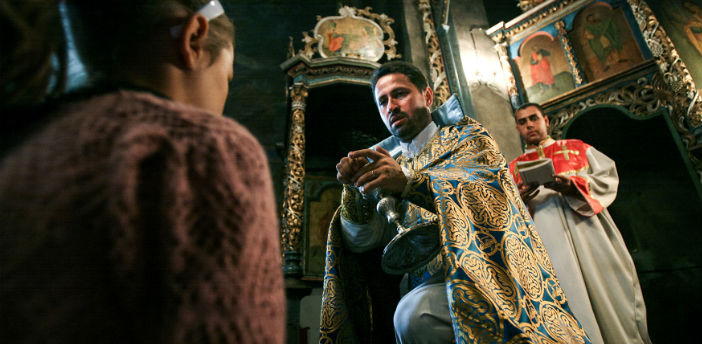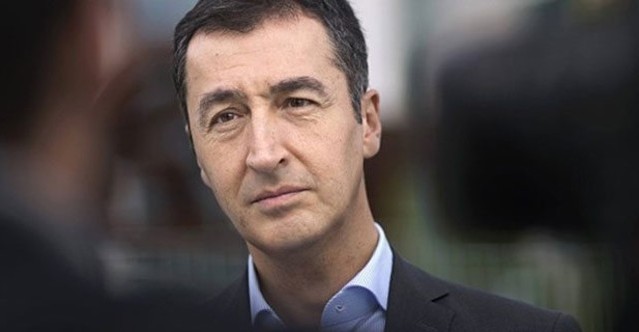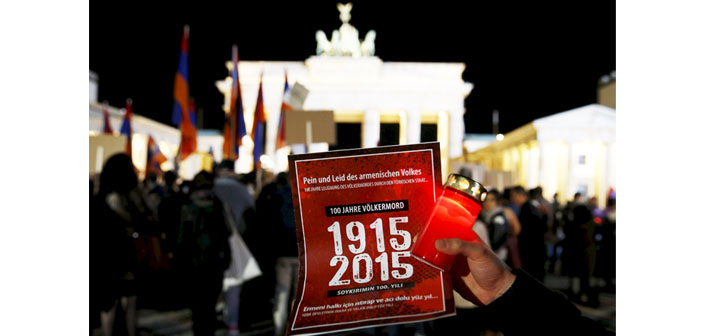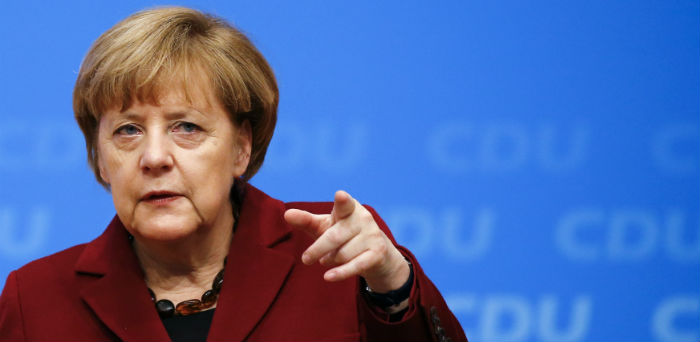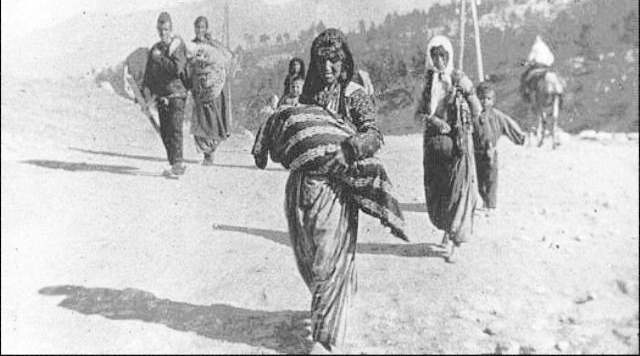ARMENIAN GENOCIDE
“I think, it is essential to understand why there are Armenians living in Romania”
Romanian photojournalist Anreea Tanase’s “Armenians in Romania” project was presented by interviews, book launches and photo exhibitions in Bucharest, Cluj-Napoca, Yerevan, Gyumri. We talked to Tanase about her journey to the history of Armenians living in her country and her work, in which the traces of genocide from past to present is documented.
“The message is clear: look, we were there with you”
Various people and institutions from Turkey, notably President Erdoğan, have been expressing their reactions against Cem Özdemir, sometimes through insults and racist statements. We talked to Özdemir about the developments that took place after June 2.
A common incident for Turkish prime minister, but inglorious for Germany
Agos editorial: the gap between the approaches of Turkey and Germany reveals not only genocide but also equally serious issues.
"Now, for Turkey, it is harder to deny what happened"
According to Jürgen Gottschlich, Taz Newspaper Turkey correspondent, the fact that German parliament recognized the genocide and Germany's complicity means that Turkey is left alone even by its “former ally”.
The content of the genocide resolution determined
The Armenian Genocide resolution that will be discussed in Bundestag on June 2 is titled as “Remembrance and Commemoration of the Genocide against Armenians and other Christian Minorities in 1915-1916 in Ottoman Empire”. In the resolution, the term “genocide” is openly used and the responsibility of the German Reich is pointed out.
Merkel: the lifting of immunity causes concerns
Chancellor Merkel made a statement about her planned meeting with Erdoğan and said that the lifting of immunity of the members of Turkish Parliament might have grave consequences. It is expected that the migration deal, lifting of parliamentary immunity and Bundestag's bill for the Armenian Genocide will be discussed at the meeting.
Armenian Genocide recorded in historical drawings
Killings of Armenian people in Anatolia started in 1890 and reached its peak in 1909 Adana Massacre and 1915 Armenian Genocide. This tragic history is not only recorded by witnesses, but also by the striking caricatures published in the newspapers and humor magazines. On the occasion of 101st anniversary of the genocide, here is a collection of such caricatures selected by caricaturist-artist Vrej Kassouny.
German intellectuals' call upon Merkel for recognizing the genocide
In the open letter published in Die Zeit, 43 academics, artist and intellectuals demanded the Armenian Genocide draft is accepted.
Anzacs tell about 1915
Held captive by Ottoman army, Anzac soldiers reveal rather unknown aspects of the Armenian Genocide through their journals. In the stories that came to light thanks to the studies of New Zealander historian and journalist James Robins, experiences of Anzac soldiers who witnessed the genocide are told. This interview of Robins is about his studies that reach from 1915 to the present.
Bundestag to recognize the Armenian Genocide
First Secretary of the Social Democratic Party of Germany (SDP) Thomas Oppermann said, “On June 2, Bundestag will make a decision recognizing the mass killing of Armenians during World War I as genocide.”


